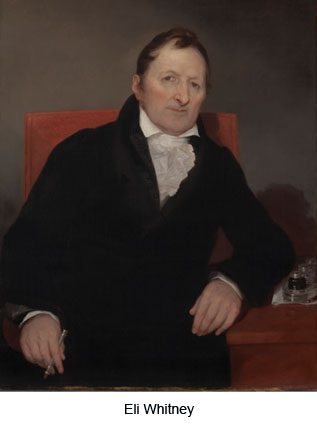
The technology imagined by American inventors has improved our standard of living and connected people physically and culturally. As the United States became more industrialized, the creativity of entrepreneurs and inventors soared.
The Industrial Revolution in the United States began during the late 1700s and continued into the early 1900s. During the revolution, there were advances in manufacturing, communication, and transportation.
Many technological innovations helped move the United States from a country of handmade creations to a nation of mass-produced goods.
Many of the innovations impacted the country economically and socially. Read about the following technological innovations and determine how each one impacted the United States.
Economic Impact |
Social Impact |
| Technological innovations that impact the economy by lowering costs and increasing productivity | Technological innovations that impact day-to-day life, including work, religion, and culture |

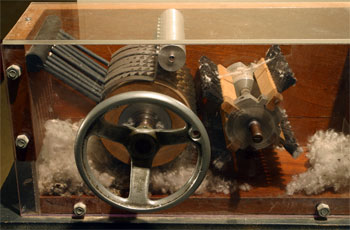
patented this machine to comb and deseed bolls of cotton. His invention, the cotton gin, revolutionized the cotton industry. This invention led to the rise of cotton as the main crop of the South. This invention, however, never made him rich. Instead of buying his machine, farmers built versions of their own.
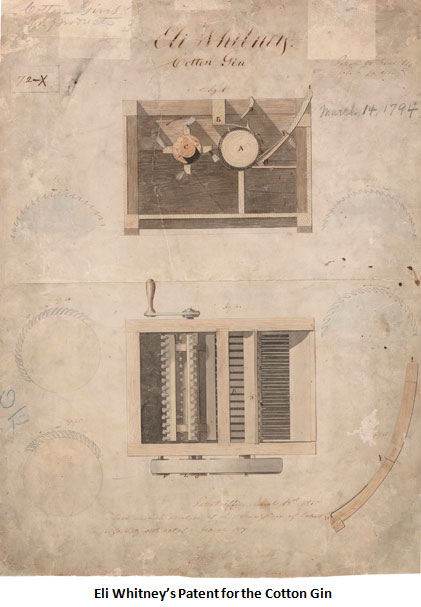
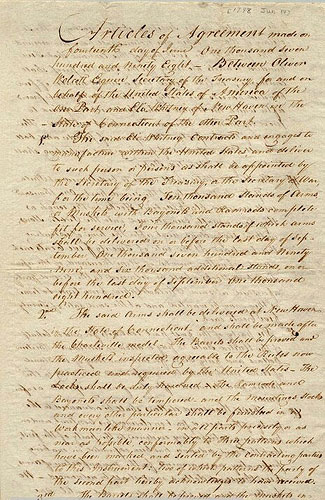
Eli Whitney's work progressed into his creation of interchangeable parts. Given a contract to make 10,000 muskets for the U. S. Army, Whitney implemented a division of labor. Instead of one person taking a long time to make a musket, he divided the labor into several tasks and made parts that were interchangeable.
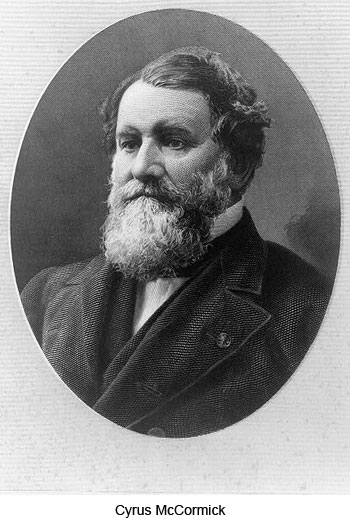
Another invention that transformed agriculture in the United States was the McCormick Reaper. The reaper was pulled by horses to cut down the wheat. The output far exceeded the amount of wheat that a human could reap manually. McCormick's original version could not go over rocky soil, but he continued to perfect his invention.
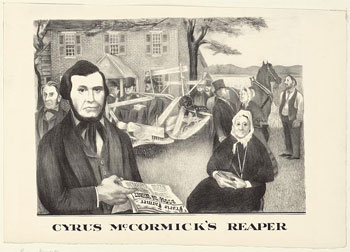
The McCormick Reaper, which cut grain much faster than a man with hand tools, failed to catch on at first. McCormick sold the first unit around 1840, and by 1844, only 50 had sold. After moving his operation to Chicago, McCormick's business grew. By 1871, his company was selling 10,000 reapers per year.
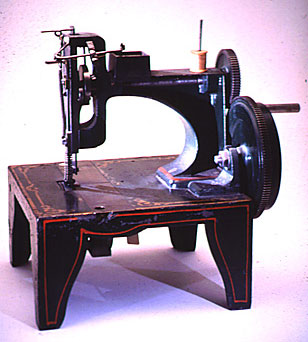
Walter Hunt invented the first lock-stitch sewing machine but did not patent his invention. Later, Elias Howe was able to secure a patent on a similar machine but failed to manufacture and sell it. Eventually, Isaac Singer became rich by using Howe's patent for his own personal gain.
Sewing machines caused a shift in the clothing industry. By the late 19th and early 20th centuries, clothes were mass-produced at a faster and cheaper rate.
You may be surprised to find that each of the technological innovations mentioned above had both an economic and social impact on the United States. Economically, these inventions increased productivity in their respective industries. Socially, these inventions impacted the day-to-day lives of Americans.
Sources of images used for this section as they appear, top to bottom: